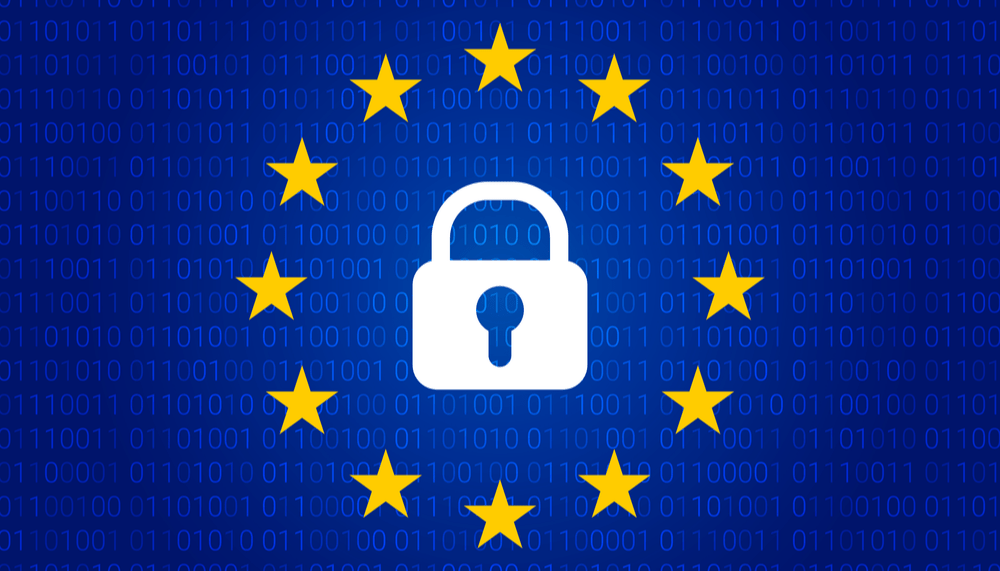An electronic signature (e-signature) demonstrates an individual’s consent over an agreement, just like a “wet” signature. However, unlike a traditional signature, there is no need to complete legal documents in person. Because an e-signature allows a person to sign legally binding contracts using online sources, making them more convenient and time-saving when compared to a traditional signature. By remotely signing legal documents, e-signature significantly improves business activities, making them a reliable way of conducting business activities.
However, the question still exists, “Are e-signatures legal? And do they make a legally binding contract?”
Yes, e-signatures are legal and have the potential to create a binding document that is legally enforceable. Signing documents using tablets and smartphones has become a standard norm among business communities worldwide. They generate instant results, are utterly secure, and are less susceptible to forgery.
The article today will shed light on the validity of e-signatures. What criteria make an e-signature legally binding and enforceable in a court of law.
1. E-Signatures Are Legally Binding
The U.S. federal government passed the Electronic Signatures In Global And National Commerce Act (ESIGN Act) in 2000. The Act was in collaboration with the Uniform Electronic Transaction Act (UETA). According to the Act, electronic signatures are valid and can create legally binding documents only when all parties adopt the idea with mutual consent.
E-signatures are legal, but if anyone wants to prove them in a court of law, they should be prepared to prove that the signed document was not tampered with by anyone. The authenticity of an e-signature is of great worth in the eye of law. The judge will declare it inadmissible in court with no solid proof guaranteeing the authentication of digital signatures.
2. Legal Requirements For An E-Signature
Specific legal requirements make your e-signatures valid, authentic, and easily acceptable in a court of law. To create a legally-binding e-signature, it should
- Verify the true identity of the signer truly is who they claim to be
- Show that the signer intended to sign electronically.
- The best way of proving this is to give the signer the option of signing on paper and letting them choose.
- The digital document should also contain a “Not Agree” or “Cancel” option. It will demonstrate the willingness of the signer.
- It should also have a digital seal that will help track its origin.
- The digital documents should also have audit logs.
- It must utilize strong authentication methods such as the Two-step identification. It will help confirm the identity of every signer independently. Incorporating the mobile number, email, and IP address can make your e-signatures valid and admissible by court.
E-signatures will be recognized as legally binding if all of the above requirements are fulfilled. However, there are certain situations when “wet” signatures are mandatory, and e-signatures are legally unacceptable. Many countries and jurisdictions require individuals to use ink-based methods to get important documents, such as birth or death certificates, divorce certificates, and adoption papers. Moreover, if the signer is not computer literate, the e-signature will become invalid and unacceptable.
3. Documents That You Can Sign Electronically
Multiple industrialized countries have adopted the idea of electronic documents and signatures for completing their business and personal transactions. Business documents that can be signed electronically include the following:
- Offer letters and paperwork for hiring new employees.
- Employee policy update.
- Statements of work and sales contract.
- Non-disclosure agreements.
- Purchase orders and master service agreements.
- Real estate transactions.
- Account opening paperwork.
- Insurance policy applications and claims.
- Student services.
- Patient intake form.
4. Documents That Cannot Be Signed Electronically
E-signatures have considerably replaced the “ink-based” or “wet” signatures. But certain circumstances still demand individuals to sign the paper to make them legal, including:
- Wills and testimonies.
- Filling for a divorce, adoption, or other family law.
- Court orders and official court documents.
- Notice of cancellation of utility services.
- Termination letter for health and life insurance.
- Recall notice of an unhealthy and life-endangering product.
- Legal documents require a facility to transfer bio-hazardous products and toxic elements.
5. The Legal Status Of E-Signature All-Around The World
E-Signatures are relatively simple and efficient. All you need is your smartphone or maybe a tablet, an email address, and a secure internet connection to access the digitally secured document. Upload it on a cloud-based server and give your colleagues access to it. Since electronic documents and signatures have so much to offer, they have become acceptable in several countries, including the USA, Australia, Brazil, Japan, Canada, China, and U.A.E.
These nations state that a document or contract cannot be rejected because it contains electronic signatures. However, the laws regarding e-signatures slightly vary based on the region.
6. Legal Requirements Of E-Signature In The USA
State laws and federal laws govern the legal requirements of e-signatures. Both the laws were passed in 2000 and describe five elements that make an e-signature legally binding.
- Electronically signed documents and signatures hold the same legal status as paper-based documents. An e-signature is valid and acceptable.
- The consent of the person signing the document is of utmost importance. The business must make certain acknowledgments before signing.
- The person signing the document must understand the implications of e-signature. They must understand the written document and agree with it.
- The document should have proof that the signature is electronic.
- Finally, the re-signed document must be kept safe from tampering and unintentional data loss.
7. Legal Requirements Of E-Signature In The UK
The UK validated using e-signatures under the Electronic Signatures Regulations Act in 2002. According to the Act, if the document is electronically signed with both parties’ mutual consent, it becomes a legally binding document and is entirely valid.
However, in the UK, there are certain degrees of legality for an e-signature. The Standard Electronic Signatures (SES) is not considered equal to a written signature. However, Qualified Electronic Signatures (QES) and Advanced Electronic Signatures (AES) are considered equal to a handwritten signature.
8. Legal Requirements Of E-Signature In the EU
The EU also accepted e-signatures in 2000, making them legal through the Directive On A Company Framework. It also stated that a document would not be rejected because it is digitally signed.
European countries follow the UK’s approach of accepting e-signatures. In 2015 EU legislation replaced the 2000 e-signature Directive with Regulation (EU) No 910/2014, usually referred to as eIDAS. According to eIDAS, it has three different types: SES, QES, and AES.
9. Qualified Electronic Signature Requirements
QES is the only electronic signature that is equivalent to a wet signature. This particular type of electronic signature must meet the Advanced Electronic Signature requirements and are based on a qualified certificate. To create a legal binding using QES, it should
- Verify the identity of the signer and vouch for his/her authenticity.
- The control keys designed for the electronic signatures should be under the signer’s control.
- It is smart enough to identify any alteration made within the data after signing it.
- Invalidate the signature if the signed data is altered
10. Advanced Electronic Signature Requirements
Advanced Electronic Signature (AES) is a digital signature backed by an advanced certificate that can identify the signer. The signature keys are solely controlled by the signatory and require higher protection. The regulations required for the AES include
- It should be linked to the signer.
- Capable enough to recognize the signer’s identity.
- The signature creation data used to create the private key should be under the sole control of the signatory.
- It should be linked to the data and detect any subsequent changes made within the signed document.
- Invalidate any signature in case the data has been altered.
11. Wrapping It Up
E-Signatures have allowed businesses to collect documents instantly and speed up their payment processes. This way, they have more satisfied customers, increased completion rates, and a flourishing business without losing their confidentiality. Before you make your business digital, just make sure to check out the laws and regulations related to e-signatures in your jurisdiction.





